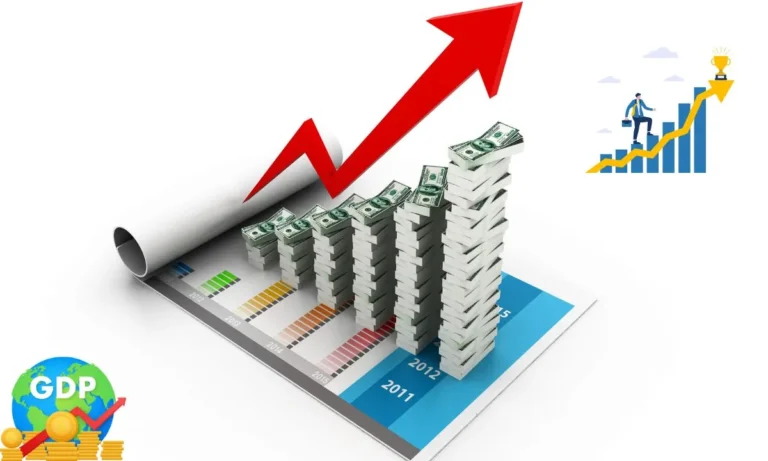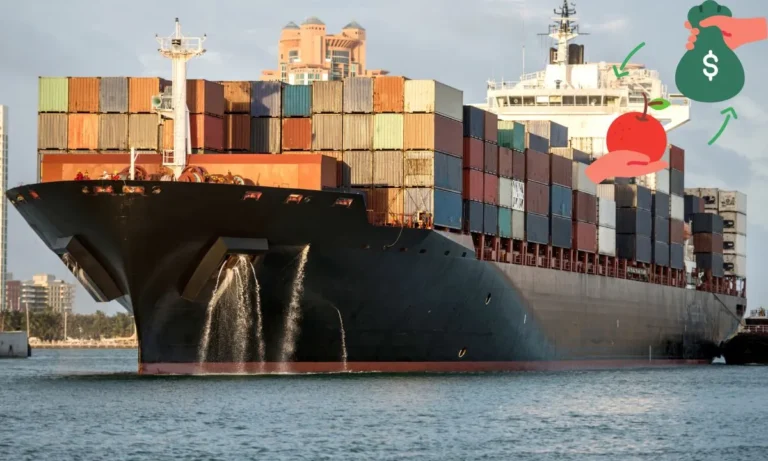Tariff War: Impact of Falling Prices on Pakistan Economy
Staff Report
Islamabad: In the aftermath of tariff war, initiated by US and retaliated by other nations, the Bloomberg commodity index has declined 8% in last 3 sessions. Within this, crude oil prices (brent) and Richards Bay Coal Future (April) are down by 14.3% to US$64.2/bbl and 6.1% to US$88.5/ton.
The falling commodity prices shall impact on Pakistan’s macros including external accounts mainly current account, inflation, and fiscal accounts amongst others. We have run sensitivity analysis of decline in oil prices by US$10/barrel, this brings down oil related import bill (including RLNG) to the extent of US$2-2.1bn.
In addition to oil, Pakistan can also save US$250-300mn annually from coal, LPG and Palm oil, if lower levels of prices persists. Oil prices also affects inflation directly and with US$10/barrel decline in oil, the inflation will be directly impacted by 20bps, assuming benefit passed on to the consumers. Pakistan Market Crashed amid U.S Tariff War
Pakistan Imports 20mn tons of crude and refined oil annually: During FY24, Pakistan imported 9mn tons of crude and 10.3mn tons of refined oil (HSD, Petrol etc.), translating into total ~145mn barrels of equivalent oil. Every US$1/barrel decline in oil prices will reduce import bill by US$145-150mn and every US$10 per barrel will bring savings of US$1.5bn on petroleum oil front.
Pakistan Imports US$4bn of RLNG in a year: Alongside oil imports, Pakistan also imports RLNG of US$4bn or 400mn MMBtus annually. RLNG prices are also linked to oil prices and change of US$1/10 per barrel saves US$60mn/US$600mn of RLNG import annually, we estimate.
Pakistan Imports 10mn tons of coal annually: Pakistan Imports coal worth of US$1-1.2bn annually and with every change of US$10/ton, coal import bill will be lower by US$100mn.
These three commodities can save US$2-2.1bn of Pakistan imports, which is 3.5-4% of Pakistan total imports. While savings of around US$150-200mn can also be obtained through other imports like Palm oil (US$3bn total imports) and LPG (US$1bn total) due to their direct/indirect linkage with oil prices.
Pakistan Inflation: Pakistan inflation is also affected by changes in oil prices, with US$10/barrel (~Rs18/litre) reduction in international prices, the direct impact through Petrol/Diesel price decline would be close to 20bps. While its indirect and lagged impact will also be visible on transport services and others to the tune of 10-15bps, we estimate.
Pakistan market to remain affirm amidst IMF program
Exports may be negatively impacted: Besides these positives, due to imposition of 29% tariffs on Pakistan goods exports to USA, the textile exports may come under pressure as out of total export of US$5-6bn, textile constitutes 75%. Any decline of 5-10% in textile exports to USA, the export bill be affected by US$200-450mn.
Remittances from gulf countries were down 5-6% in FY17 and FY18: During 2016, when oil prices crashed and went below US$40/barrel, the remittances from gulf countries were impact with a lag of 6-12 months by 5-6%. While total remittances were down 3% in FY17 and up 3% in FY18.
In FY17/18, remittances from Gulf countries (KSA, UAE and other GCC) were 64% of total remittances, while in 8MFY25, this concentration is reduced to 55%.
Currently oil prices are well above the 2016 prices (as went below US$40), therefore, we don’t expect any significant impact on remittances.
In worst case, a 5% decline in Gulf remittances will impact overall remittances by 2.7% or US$1bn.
Rating upgrade may be affected due to global tensions: Due to uncertainty in global economies amidst tariff, the rating upgrade may get delayed for frontier emerging countries like Pakistan as rating agencies act conservatively in uncertain times.
Furthermore, rating agencies may also take view on the Pakistan’s external inflow sources i.e. exports, remittances and debt borrowing, which we believe will be affected.
Pakistan Market: Although foreign inflows in domestic stocks may get impacted due to uncertainty, however, we believe, market performance will not be impacted amidst strong liquidity with local funds due to continuous conversion from fixed income to equities.
Also, sectors affected by oil prices decline and export dynamics (E&Ps, IT, and Textile) have ~20% share in benchmark index, while fundamentals of 80% weightage companies are derived through domestic economy, which is just coming out of the higher inflation and higher interest rates and is ready for the gradual recovery.
We maintain our base case Index Target of 127,000 for Dec 2025. However, with higher liquidity index can cross 150,000 mark assuming successful IMF reviews and political stability







